Uluru smear job reeks of desperation from No camp
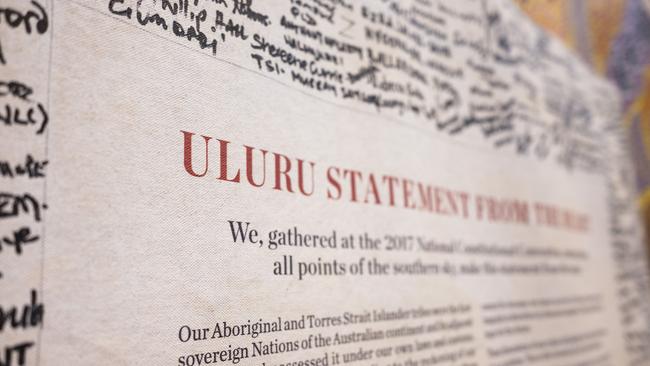
Who would knowingly and willingly mislead the Australian people? Not us. The Referendum Council report and website contains the official documents and they’ve been live online since 2017. It shows the one-page Uluru Statement from the Heart.
Politicians of bad faith like Pauline Hanson and the Coalition, who are on a unity ticket, are pointing to a Henry Parkes Oration I gave in 2018, where I say the Uluru Statement is not only the one pager, that there’s 18-20 more pages for Australians to read. This is alluding to the many pieces of information that informed the Uluru Statement or provide context to the statement.
The 2018 Henry Parkes speech occurred in a post-Turnbull rejection time. It was a community education phase and we were encouraging Aussies to read not just the 439-word Uluru one-pager but “Our Story”, the Aboriginal and Torres Strait Islander story of Australian history. It shows the nuanced stories communities raised in their regions that speak to Australian history and the exigency of a voice. There has never been any attempt to hide it; tellingly, I read “Our Story” in the Henry Parkes Oration in full. It goes to show how deceptive and trivial misinformation is.
I can assure everyone that if the Statement from the Heart was 26 random pages, as some are contending, we would have read 26 pages out, footnotes and all. If it was 26 pages, it would be called Uluru War & Peace. But it’s not. It is a one-page invitation to the Australian people; a hand of friendship, compelling for its brevity and its generosity.
But there is nothing stopping Aussies to go ahead and read the pages that follow to learn more about our history and the work of the dialogues. Pat Anderson and I led that process alongside Noel Pearson, Dalassa Yorkston and Dean Parkin.
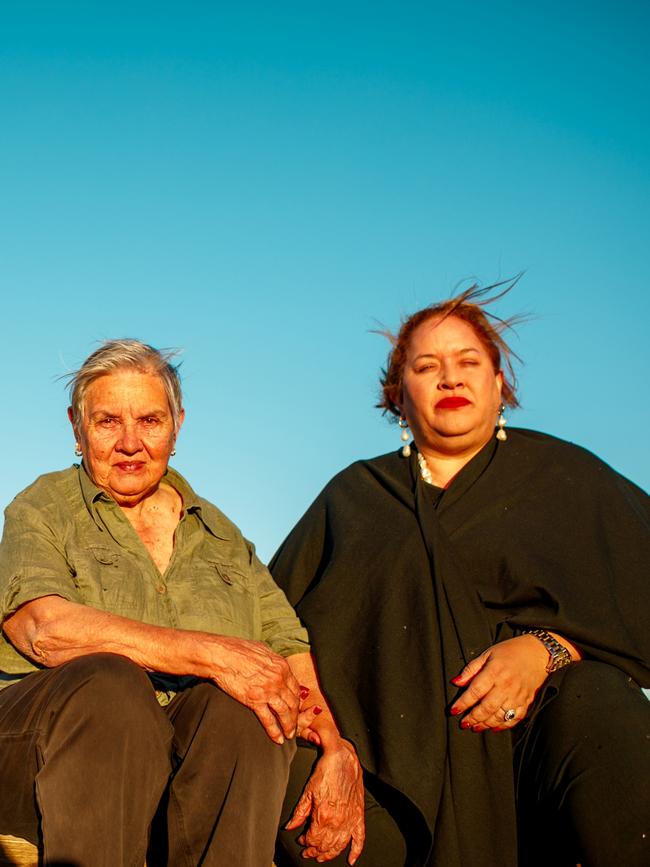
We contributed to the early design, with Patrick Dodson, Mick Gooda, Tanya Hosch and many others. We had been tasked by an LNP government and Labor opposition to ask our people what form of constitutional recognition would be meaningful to communities. This was no small exercise.
Few people know more about Indigenous advocacy and engagement than Aunty Pat, who has dedicated her life to listening to our mob to find practical ways to improve their lives. Together, the Indigenous sub-committee for the Referendum Council painstakingly designed and implemented a process that involved 13 meetings, or “dialogues”, held with more than 1200 First Nations people around Australia to discuss the idea of constitutional recognition.
Each of these regional dialogues took place over three days and canvassed the passion, the pain and the hope of those attending. Robust conversations took place, tears were shed, stories were shared. All ideas were discussed – spanning the ultra-conservative to the most radical. The fair and inclusive process run meant everything was put on the table.
The pages now alleged to be a “Trojan Horse” are part of a public report, documenting the distress of our mob and many, many ideas for change. We faithfully recorded them all. Like most conferences do.
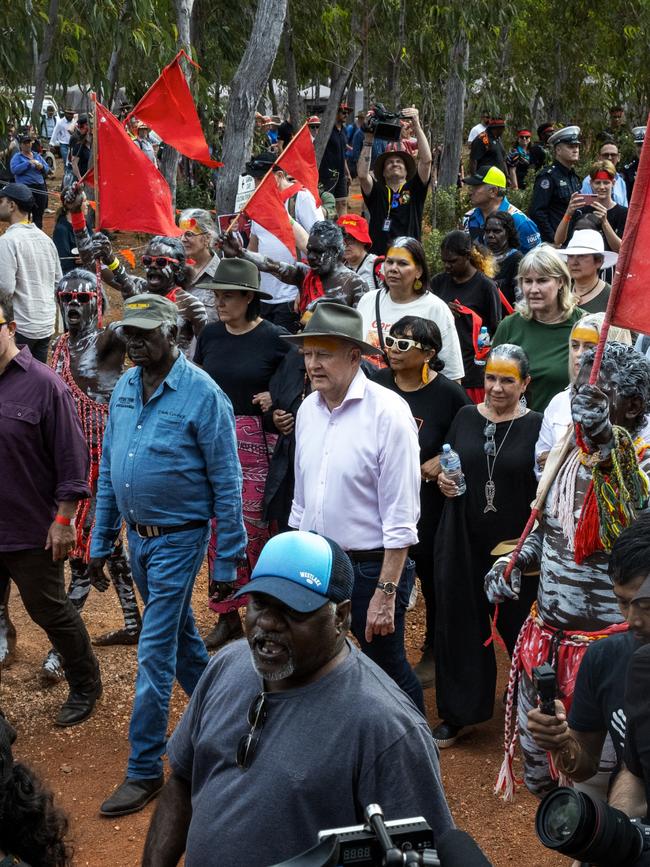
After the three days, those present nominated their representatives to attend a constitutional convention at Uluru where a similar deliberative process was run. The result of this significant consultation, including many notes on butchers paper, is the lengthy Referendum Council report and ultimately the middle ground consensus position reflected in the poetic Uluru Statement from the Heart.
Routinely we have implored Australians over seven years to read the one pager, “Our Story” and the explanation for the reform. The truth-telling element is our story, an Aboriginal version of Australian history. It was written because our people in the dialogues asked why Australians didn’t want to know what has happened to them. But the invitation to the Australian people is one page. The opportunity before us in 2017 was constitutional recognition. The voice is what a robust sample of communities said was recognition.
Had I been warned that a few months out from a historic referendum, some leading No advocates would abandon any semblance of good faith adhesion to the facts in favour of a strategy designed to terrify and confuse Australians, I probably wouldn’t have believed it.
But here we are: forced to respond to the bizarre claims that the Statement from the Heart is not actually the 439-word, one-page document that has been publicly available for seven years – but a random selection of 26 pages of meeting notes and footnotes.
It is hard to explain this confusion. But that is what we now have to do, starting with a refresher here on how the Uluru Statement from the Heart came to be. As co-conveners of the Uluru Dialogue, the unerring focus of Aunty Pat Anderson and me has always been to give Aboriginal and Torres Strait Islanders a chance to discuss how to construct a brighter future for all of us – and critically, to have their opinions recorded and heard.
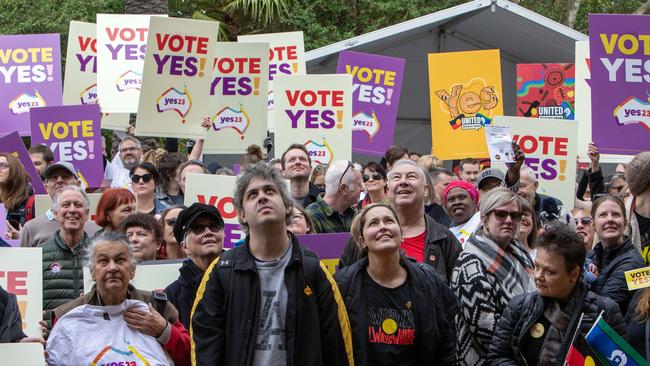
We won’t apologise for conducting a process aimed at improving the lives of communities and comprehensively including their voices. And this utterly manufactured smear campaign aimed at increasing the No vote through falsehoods says a lot about the opponents of the voice.
They aren’t interested in Closing the Gap or empowering communities. They are champions of the status quo and seek to maintain First Nations as a political football game with no rules in perpetuity. And the base cynicism these people have for Australians is why their primary vote plummeted to the low thirties in the 2022 federal election.
Like climate change and federal corruption, Australians want solutions not opportunistic politicians. That’s the opportunity Anthony Albanese has provided. Vision and solutions, not more of the same.
Megan Davis is a Cobble Cobble woman who is the Balnaves Chair in Constitutional Law, director of the Indigenous Law Centre at UNSW Law and pro vice-chancellor at UNSW.


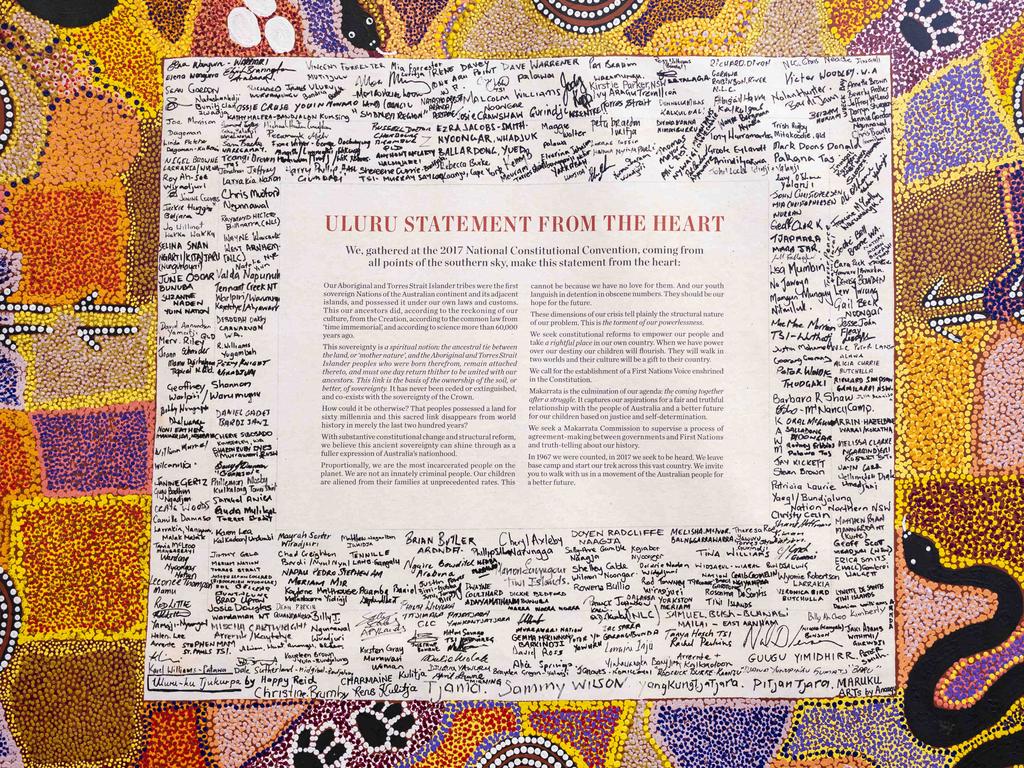



The Uluru Statement from the Heart is one page. It’s very simple. The unceasing attempts from the No campaign to take draft documents from conference rooms seven years ago and transcriptions of butchers paper seven years ago to manufacture a controversy over the Uluru Statement is farcical. It reeks of desperation.